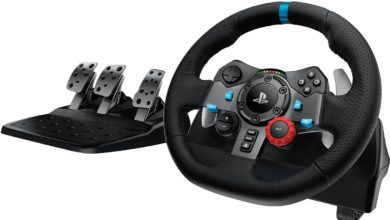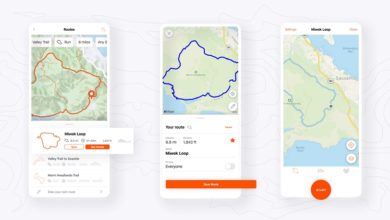Mozilla announces tablet and phone reference designs and new tools to developer for Firefox OS
Firefox OS was released to the public almost a year ago but lack of interest among hardware makers resulted in extremely poor sales and market penetration. This year, Mozilla is planning to change that and to help device makers design phones running Firefox OS, Mozilla has released reference designs for smartphone and tablets. OEMs can make use of these designs and bring out Firefox OS smartphones into the market at a low cost. Mozilla also released tools to ease application development.
Flame Firefox OS phone
Showcased at MWC 2014, Flame smartphone is the reference design Firefox OS phone. Powered by Qualcomm Snapdragon MSM8210 1.2GHz dual core processor, this smartphone has a 4.5” FWVGA display with a pixel resolution of 480×854. 256MB is minimum amount of RAM needed while makers can use upto 1GB of RAM. Full list of specification is:
- Qualcomm MSM8210 Snapdragon, 1.2GHZ Dual core processor
- 4.5” screen (FWVGA 854×480 pixels)
- Cameras: Rear: 5MP / Front: 2MP
- 3G UMTS quad-band (850/900/1900/2100)
- 8GB memory
- 256MB -1GB RAM (adjustable by developer)
- A-GPS, NFC
- Battery capacity: 1,800 mAh
- WiFi: 802.11 b/g/n, Bluetooth, Micro USB
Developers and OEM makers can test their applications on Firefox OS nightly releases that can be directly installed onto Flame smartphone, giving them more time to test the applications and overlay interfaces.
Foxconn and VIA tablet reference designs
Foxconn and VIA provided Mozilla with reference designs for tablets running Firefox OS. While VIA Vexen is a 7” tablet aimed at low end, Foxconn InFocus will be higher midrange tablet with 10” display.
VIA Vixen:
- 7’’ 1024×600 HD LCD screen
- 1.2 GHz Dual Core Cortex-A9 processor
- ARM Mali-400 Dual-Processor GPU
- 8GB storage
- 1GB RAM
- Cameras: Front 0.3 MP, Back 2.0 MP
- Wifi: 802.11 b/g/n
Foxconn InFocus:
- 10” screen (1280 x 800 pixels, 24-bit color)
- A31 (ARM Cortex A7) Quad-Core 1.0GHz w/ PowerVR SGX544MP2 GPU
- 16GB storage
- 2GB RAM
- Cameras: Rear 5MP/ Front 2MP
- A-GPS
- Battery capacity: 7,000 mAh
- WiFi: 802.11 b/g/n, Bluetooth, Micro USB
“It’s clear that more and more developers are choosing the Web as their preferred development platform for mobile apps, as the technical gap between native and Web apps narrows,” said Brendan Eich, Mozilla CTO and SVP Engineering. “We listen to what developers are asking for to make the Web their primary development platform and think Mozilla and its partners have made significant progress with these new hardware, tools, and WebAPIs. It’ll be exciting to see what new mobile innovations come in 2014.”
PhoneGap Integration
Mozilla has announced PhoneGap integration that allows PhoneGap developers to port their existing applications to Firefox OS without much effort. The new WebAPIs help devs narrow the gap between native applications and web applications. Firefox OS intregration with Cordova platform helps devs package HTML apps as native apps. Cordova is an apache platform (set of APIs to be precise) that allows developer to access native device functions (camera, accelormeter, sensors etc) and combined with jQuery Mobile/Dojo Mobile/Sencha Touch, Cordova gives developer the power to design a smartphone applications by using HTML, CSS, and JavaScript (eliminating the need to learn long list of native coding languages like Java, Obj-C etc).
Mozilla has also announced tools that will allow OEMs and operators to customize the operating system according to their needs. These developer tools are released and made available at Mobile World Congress.
App Manager
Using App Manager, developers can now access Firefox Web developer tools. This helps devs to test, deploy and debug web applications on Firefox OS phones directly from their computers. There is no SDK involved and App Manager is now part of integrated developer tools in Firefox browser. App Manager also allows debugging, live editing and prototyping.
Because the App Manager and Firefox OS both use open Web technologies, debugging, live editing and prototyping is straightforward. For example, an operator or OEM may want to prototype different branded homescreen themes for different audiences. Using the App Manager, they can code this on their desktop and in real-time see the changes appear on their connected Firefox OS phone, eliminating lengthy build times. The following video should give you a better picutre on App Manager



